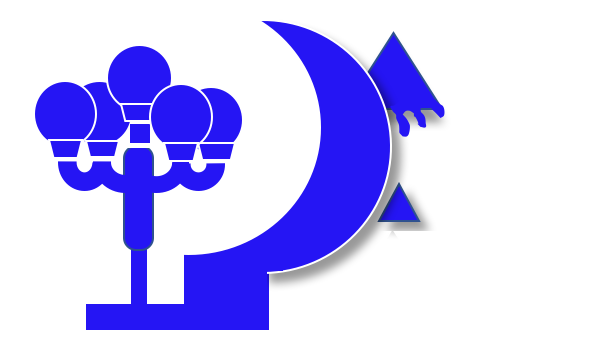Breastfeeding Benefits and Tips
Mothers who choose to breastfeed benefit themselves, as well as their babies. For example, one of the most important benefits a baby receives from breastfeeding is the mother’s antibodies. One of the mother’s benefits is never paying for formula, which can be expensive.
For the Baby:
According to the American Academy of Pediatrics, breastfeeding helps prevent Sudden Infant Death Syndrome (SIDS) and reduces the possibility that the baby will become overweight/obese during childhood, develop leukemia, necrotizing enterocolitis, as well as celiac disease. Furthermore, breastfeeding decreases the likelihood that the baby will develop asthma, diabetes and allergies.
For the Mother:
Breastfeeding helps the mother lose excess weight and assists her uterus with returning to its pre-pregnancy size. When a mother breastfeeds, she decreases her likelihood of experiencing postpartum depression and delays the return of her menstrual cycle. Moreover, her risk of developing breast cancer, cardiovascular diseases, ovarian cancer, hypertension, endometrial cancer, rheumatoid arthritis and type 2 diabetes decreases.
Breastfeeding Tips: Preparing for Baby’s Arrival
During the last trimester of pregnancy, a mother who intends to breastfeed needs to begin preparing for her baby’s homecoming. Use the breastfeeding tips below to ease the transition into life as a breastfeeding mother.
4 Breastfeeding Tips—Getting Everything Ready to Bring Your Baby Home
- Consider a Breastfeeding Class.
Some mothers find that taking a breastfeeding class helps them prepare for their baby’s arrival.
- Have Everything Necessary for Breastfeeding Before Baby Arrives.
Purchase the items that mothers use for breastfeeding ahead of time (e.g., a breastfeeding cover, a nursing bra, soothing nipple covers and a nursing pillow).
- A Complimentary Breast Pump?
Check with the hospital and health insurance company to see if they provide new mothers with a free breast pump. If not, purchasing a pump now is a good idea because, in the event that the mother needs to be away from her baby, she can pump and then store her milk.
- Prior to the Baby’s Arrival, Consider Making an Appointment with the Pediatrician.
A mother who has questions about her baby and breastfeeding should consult the pediatrician who will be caring for her baby following his or her birth. Addressing concerns before the baby arrives is beneficial because once her baby is born, she will need time to recover and adjust to motherhood. Therefore, anything an expectant mother can take care of ahead of time is highly beneficial.
7 of the most common questions expectant mothers ask pediatricians include:
- When should my baby be back up to his or her birth weight?
- Which growth chart does the office use?
- Do you think it is okay for a mother to use a nipple shield to help the baby latch on?
- How often will my baby need to breastfeed?
- What if I have poor milk production and have to add a supplement? Which formula do you recommend?
- Would you recommend that I wake the baby so he or she can nurse during the night?
- Should I limit the length of time my baby breastfeeds?
Besides all the other benefits of breastfeeding, it helps mother and baby build a strong bond. Contact Parker Pediatrics today to learn more.
